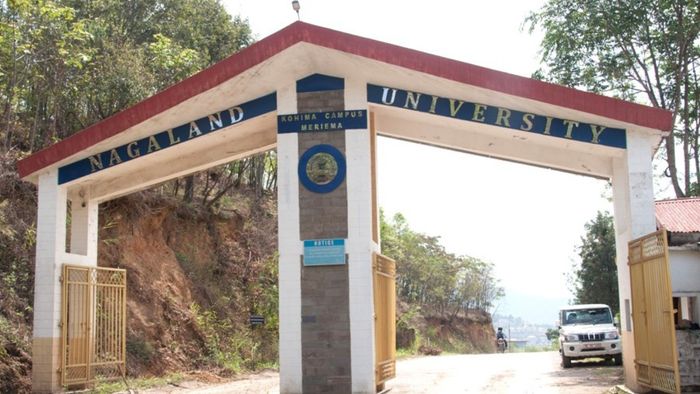Nagaland University scientists develop flexible supercapacitor for wearables, EVs, and clean energy systems
In a major scientific breakthrough from the North East, researchers at Nagaland University have developed a flexible supercapacitor device capable of powering next-generation wearable electronics, electric vehicles (EVs), and renewable energy systems — a development that could redefine India’s energy storage landscape.

- Oct 07, 2025,
- Updated Oct 07, 2025, 8:45 AM IST
In a major scientific breakthrough from the North East, researchers at Nagaland University have developed a flexible supercapacitor device capable of powering next-generation wearable electronics, electric vehicles (EVs), and renewable energy systems — a development that could redefine India’s energy storage landscape.
According to university officials, this marks the first-of-its-kind study to compare tungsten, vanadium, and cobalt doping in molybdenum diselenide (MoSe₂) for energy storage applications. The team not only developed the material at the lab scale but also built a working prototype of the flexible supercapacitor, proving its practical viability.
Immediate applications of the innovation include health-monitoring wearables, IoT devices, and robotics, while future implications extend to electric vehicles. The flexible supercapacitor design could enhance regenerative braking systems, enable faster acceleration boosts, and extend battery lifespan, the researchers said.
Dr. Vijeth H, Assistant Professor at Nagaland University, said the research supports India’s push toward ‘Aatmanirbhar Bharat’ by advancing indigenous clean energy and storage technologies.
Also Read: Nagaland govt employees announce 3-day pen down strike from Oct 14 over IAS induction row
“This device combines flexibility, high energy density, and durability — all crucial for future portable and wearable technologies. Among tungsten, vanadium, and cobalt, we found cobalt doping to be the most effective,” he explained.
The material was synthesised using a simple, eco-friendly hydrothermal process, which makes it scalable for industrial use. The findings have been published in RSC Advances, a peer-reviewed journal of the Royal Society of Chemistry (RSC).
“This research not only showcases scientific excellence emerging from the North East but also strengthens India’s path toward sustainable and self-reliant energy solutions,” Dr. Vijeth said.
Pewe-u Marhu, Research Scholar at the Department of Physics, said the next phase will focus on optimising the electrode–electrolyte interface, enhancing safety with solid-state gel electrolytes, and scaling up production to pilot levels.
“Industry collaborations are being explored to bring this innovation closer to commercialisation. The research was conducted entirely at Nagaland University, with advanced characterisation support from the Indian Institute of Science (IISc) Bengaluru under its INUP Program. Funding was provided by the Anusandhan National Research Foundation (ANRF), which is also leading a national initiative on 2D materials,” Marhu added.
The innovation places Nagaland University among the few institutions in India contributing cutting-edge research in energy storage and flexible electronics, opening new possibilities for sustainable, high-performance power systems.